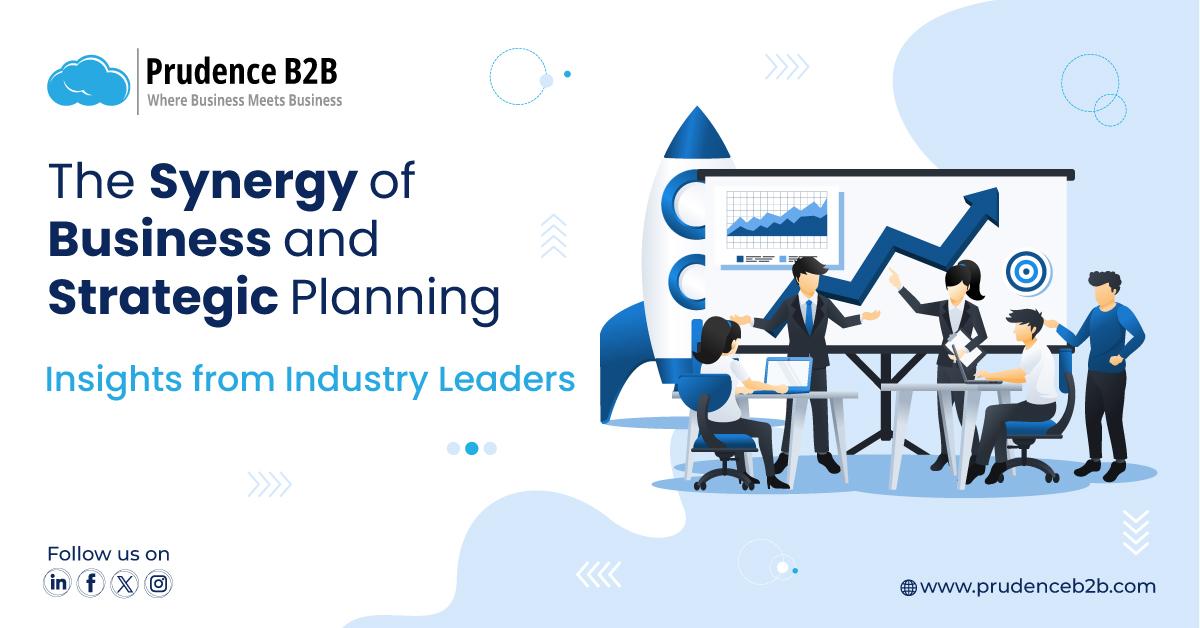The e-commerce space has rapidly evolved over the past few years. The pandemic era has led to a rising demand for online shopping, compelling many businesses to adopt such a strategy. It is now more critical than ever for companies to have a custom and innovative Ecommerce website. But building such a website requires following a structured process and hiring a trusted eCommerce development company for your project. With that in mind, let’s take a look at the 7 important steps for creating such a website.
Ecommerce Website Development in 7 Easy Steps
Step 1: Planning and Strategy
Before starting any project, it’s essential to have a clear plan in place. This step involves understanding the business requirements and objectives. It’s important to gather information about the target audience, competitors, and market trends. This information will help in creating a roadmap and a detailed project plan. The planning stage is also the time to decide on the platform and technology to be used. There are numerous Ecommerce development services platforms available, including Magento, Shopify, WooCommerce, and many more. Each has its strengths and weaknesses, so it’s important to choose the right one for the business needs.
Step 2: Design and User Experience
The design of an Ecommerce website is crucial in attracting and retaining customers. The website should have an appealing design that aligns with the brand’s image and values. It’s important to have a clear understanding of the target audience and design the website accordingly. User experience (UX) is also an essential aspect of website design. The website should be easy to navigate, with a clear and simple layout. It’s important to keep the website clutter-free, with the right amount of information and visual elements.
Step 3: Development and Testing
This stage involves developing the website and integrating it with the chosen platform. The hired Ecommerce website development company will ensure that the website is responsive and optimized for different devices, including desktops, laptops, tablets, and mobile devices. Once the eCommerce Website development process is complete, it’s crucial to test the website thoroughly. The testing process should include functionality testing, performance testing, and security testing.
Step 4: Content Creation
The next step in Ecommerce website development is content creation. Remember that the content should be informative, engaging, and relevant to the target audience. It’s important to have a clear content strategy in place, which includes the type of content to be created, the tone of voice, and the frequency of updates. The website should also have product descriptions, images, and videos that are appealing and informative. The content should be optimized for search engines, making it easier for customers to find your website.
Step 5: Payment Gateway Integration
The payment gateway is a critical component of an Ecommerce website. It’s important to choose a reliable and secure payment gateway that supports multiple payment options, including credit cards, debit cards, and online payments. The payment gateway should also comply with the latest security standards, such as PCI DSS. A smooth payment process offers a high level of customer satisfaction, leading to repeat purchases in the future.
Step 6: Shipping and Logistics
Shipping and logistics are essential components of Ecommerce website development services. It’s important to have a clear shipping and returns policy in place. The website should also have an integrated shipping calculator that allows customers to calculate the shipping charges based on their location. It’s important to choose a reliable logistics partner that can seamlessly handle the delivery of the products. The logistics partner should also provide real-time tracking information to customers, allowing them to track their order.
Step 7: Website Launch and Marketing
The final step is to launch the website and promote it using a full-fledged marketing strategy. The website should be launched after thorough testing and quality assurance. It’s important to create a buzz around your website launch, using social media and email marketing. Once the website is live, it becomes crucial to continue promoting it. This includes search engine optimization (SEO), social media marketing, email marketing, and other forms of digital marketing. The website should also be regularly updated with fresh content and new products.
Bottom Line
Ecommerce is a rapidly evolving space and many businesses are looking to invest in this strategy. But developing an Ecommerce website involves several important steps that should be followed to ensure its success. By following these steps, businesses can create a website that is visually appealing, user-friendly, and optimized for search engines. Additionally, you need to hire a reliable Ecommerce website development company to ensure the website is secure, reliable, and provides customers with an excellent shopping experience. By regularly updating the website and implementing new features and technologies, businesses can improve customer satisfaction, leading to increased sales and revenue.






